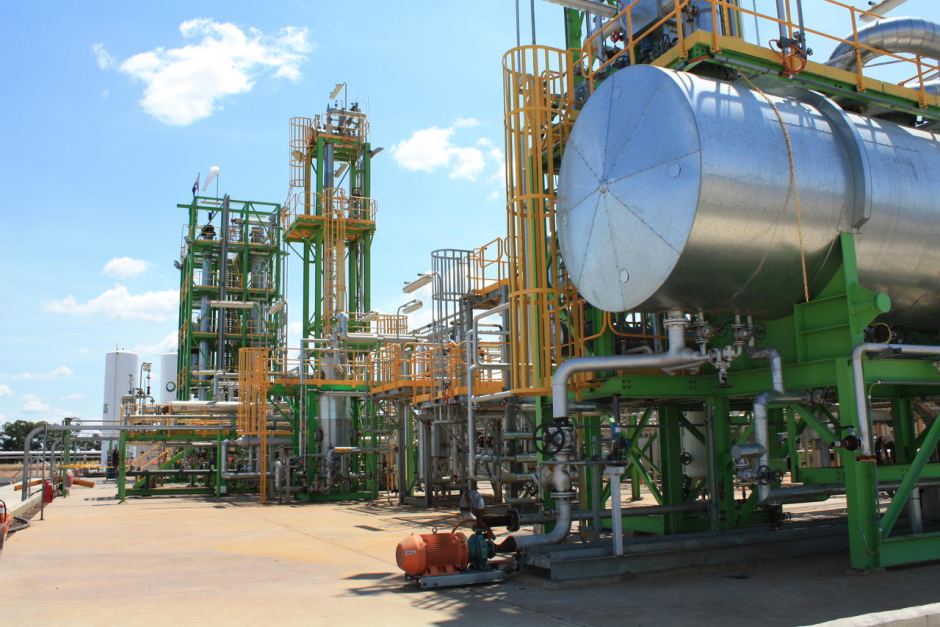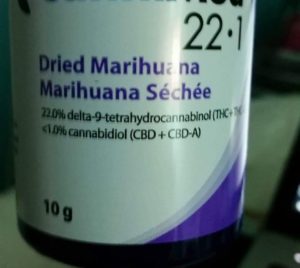The Linc Stink
Queensland’s biggest environmental disaster.
In April, following a 10-week trial, Linc Energy Limited was found guilty by a jury of five counts of wilfully and unlawfully causing serious environmental harm at its underground coal gasification plant at Chinchilla in the western Darling Downs.
Linc’s mine at Hopeland was described by Environment Minister Stephen Miles as potentially the biggest environmental disaster in Qld history. Appropriately, Judge Shanahan handed down a $4.5million fine, the largest environmental penalty in Qld history, but still well short of the enormous clean-up costs needed.
The mining technique, which Linc practiced at Hopeland, was an extreme form of fracking known as Underground Coal Gasification. Judge Shanahan explained it thus:
“Underground Coal Gasification is an aspect of the fracturing of coal seams colloquially known as fracking. The term fracking also covers a number of other processes. This actual process involves the setting fire to a coal seam underground and production of various gases that are used in particular processes, particularly the generation of power or, in relation to the Linc system, the conversion of the gas to liquid products, including fuel.”
Linc Energy was aware of the danger of contamination from fracturing both the coal and the adjacent overburden and allowing contaminants to escape. They said they knew the principles to be applied to ensure the safe operation of the project, but their frequent failures demonstrate otherwise.
The result was the Linc Stink, clouds of methane, hydrogen, hydrogen sulphide and carbon monoxide generated by the burn that escaped from the gasifiers and afflicted the animals, the workers and the farming families of this beautiful agriculture area for six years between 2007 and 2013.
The company, which was already in liquidation, did not defend the action and it is unknown whether any part of the record fine will be paid. Does a company escape from its requirements to repair environmental damage by declaring itself insolvent? Over the next several years, the lawyers can anticipate a lavish picnic as they feast upon this question and the intricacies of the Corporations Act.
Linc Energy fined $4.5m for pollution amounting to ‘ecological vandalism’ https://t.co/Y1I6pf3cCG
— Lenore Taylor (@lenoretaylor) May 11, 2018
THE LINC JUDGEMENT
The five counts of causing serious environmental harm related to various gasifiers operated by Linc Energy on its site at Hopeland near Chinchilla.
In Underground Coal Gasification, the chambers that are dug in the coal seam, then set alight are known as gasifiers. The first two counts of the indictment involved the operation of a site known as Gasifier 2 or G2 between March, 2007, to June, 2008.
Linc said they knew of the need for appropriate site selection, including assessing the nature of the overburden, and the presence of any pre-existing fractures in the landform, yet the operation of G2, which resulted in damage to the landform that spanned up to two kilometres, loss of containment and escape of contaminants, including gasses bubbling to the surface.
The manager of operations reported to the CEO of the disastrous operation of G2, and the company replaced this failure with another gasifier, G3, which was sited only some 100 metres from the G2 site.
The G3 seam was ignited in August 2008. Once again, there were widespread well failures, gas bubbling at wellheads and a significant concentration of contaminants in monitoring bores. Decommissioning of G3 was recommended In March 2009, but it went on operating until the end of May.
Linc’s technical team advised in April 2009 that the Chinchilla site was not a feasible site to operate a fourth gasifier due to damage to landform of the previous gasifiers. Nonetheless, management directed the technical team to find another site there.
Gasifier 4 operated between 2 February 2010 and 20 February 2012 with the same faults: monitoring bores detected high concentrations of contaminants; gas was escaping in puddles from one of the water bores, so it was nicknamed Mr Bubbles. When a regulator visited the site, Mr Bubbles was covered by some sort of crusher dust so that the bubbling could not be seen.
The last gasifier, G5, operated between two years from October 2011 to December 2013, in spite of a report from senior staff that the site was unsuitable because of significant fracturing. Before the operation of G5, the company applied to the regulator to extend the limits of possible contamination to a much larger area than had been previously acknowledged. Judge Shanahan said:
“Also, a decision was made to stop the voluntary testing of groundwater samples for an extended period of time. It seems to me that that was a clear indication that Linc was well aware of the damage that was being done and was attempting to hide it from the regulator. It seems to me that that is a particular aggravating feature.
“ …during the operation of G5, the defendant was made aware of significant concentration of contaminants being detected in monitoring bores and shallow wells during its operation. It was advised of a detection of benzene, a product of the UCG process, being found in a shallow well … G5 continued in operation to December 2013. In my view, the defendant was plainly ignoring the information it was receiving and continued with its operations.”
Judge Shanahan concluded that Linc frequently ignored the advice it was getting from its own team of scientists. The offences were serious and extensive and proceeded over seven years. Judge Shanahan said:
“Each gasifier was operated in a manner that resulted in explosive and toxic gases, tars and oils escaping into parts of the landform.
“The offences have resulted in a contamination of the groundwater system that will require monitoring and remediation for many years to come. The land also faced ongoing explosive and toxicity risks in relation to the escape of contaminants.”
Linc Energy has been found guilty of polluting a significant part of the Darling Downs in QLD.
Yet an underground gasification project is proposed for SA.
Time to ban this dangerous technology, @JoshFrydenberg https://t.co/LWkEB6PVzhhttps://t.co/0A95Vx6ANZ— Friends of the Earth (@FoEAustralia) April 9, 2018
Tens of millions of dollars have been spent, dealing with the impact of the contamination offences. Judge Shanahan concluded that the company put its commercial interests well above its duty to conduct its processes in a way to safeguard the environment. His judgement was:
“In the operation of earlier gasifiers, my view is that Linc ignored the obvious risks and continued on. But in relation to the two later offences, my view is that Linc acted with clear knowledge of the environmental damage and made commercial decisions to proceed. … My view is the purpose of this ecological vandalism was purely commercial.”
It remains to be seen if the company will pay any of the $4.5 million fine as it is in liquidation. CEO Peter Bond is selling off his assets, including the Dunk Island resort, and his Fig Tree Pocket mansion, snapped up for only $7.5 million by Clive Palmer. In the coming months, Peter Bond and other Linc Directors are due to face criminal charges under new legislation. Affected farmers are organising a class action against the government for approving the technology.
The Linc Stink is spreading.
The response of the Environment Defenders Office Queensland is here.
Judge Shanahan’s judgement can be found here (pdf).




